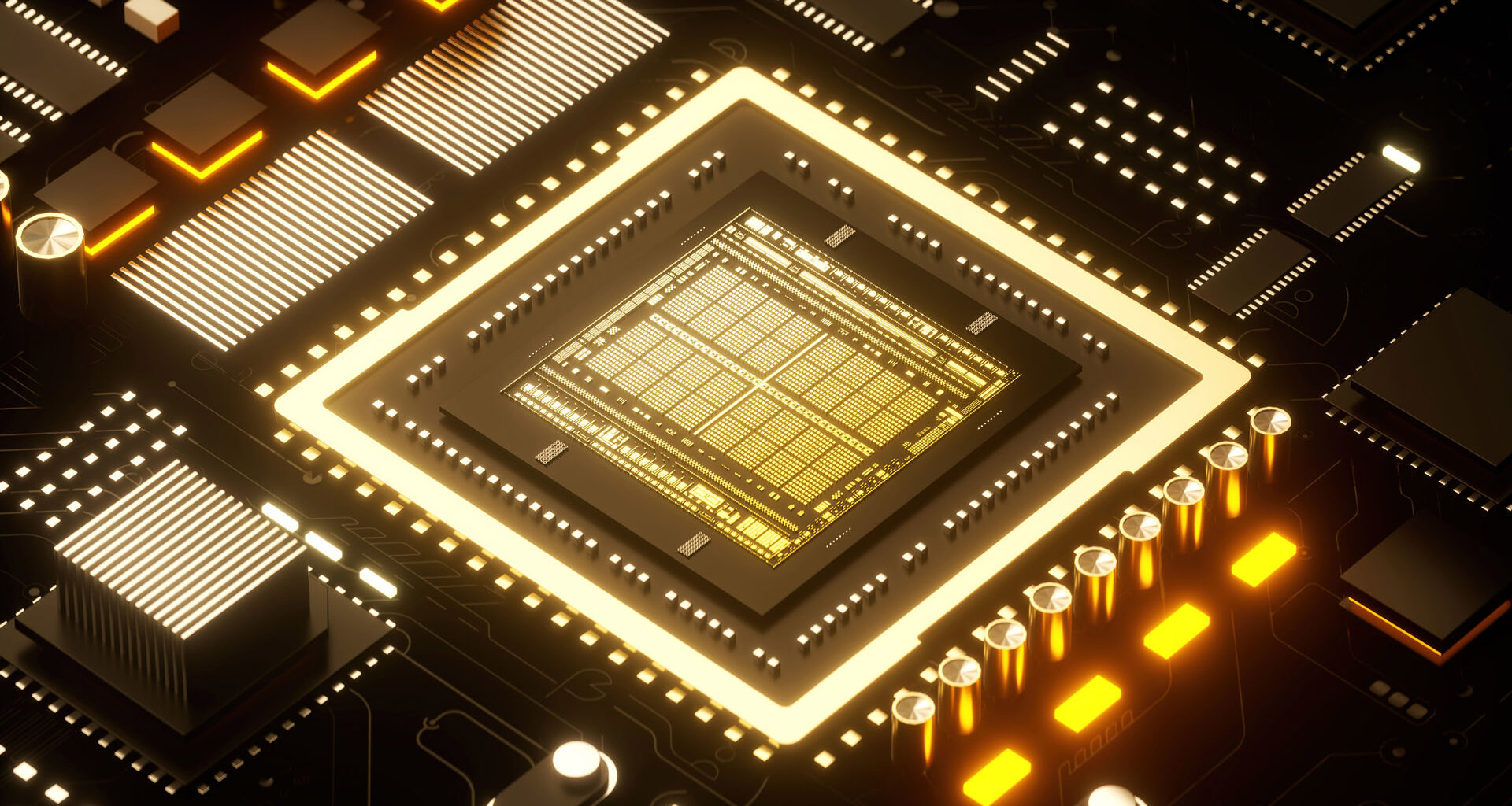Imagine a device no bigger than a fingernail that can see the world, and the stars, in colours so precise that it leaves traditional cameras and spectroscopes far behind. That’s exactly what a team of Chinese researchers has created at Tsinghua University.
Their tiny optical chip, named Yuheng (also called Rafael), can analyze light in real-time with a precision once possible only in large, complex laboratory instruments.
According to the researchers, the chip offers spectral precision (sharpness) 100 times higher than conventional snapshot imagers, and is capable of distinguishing colours separated by less than a tenth of a nanometre.
“This high-performing yet easily integrated snapshot spectroscopic method could drive advances in fields ranging from material science to astrophysics,” the study authors note.
To give you an idea of the chip’s potential, it could drastically speed up mapping the Milky Way – a task that would normally take millennia (1,000 years) – and complete it in less than a decade.
A result of clever physics and algorithms
The chip is the result of rethinking a problem that has long limited optical devices. Traditionally, imaging instruments split incoming light into a rainbow of colours to analyse it.
The sharper the colour separation, the more light is lost, and the bigger and more cumbersome the instruments become. This trade-off between resolution and efficiency has made compact, high-precision devices almost impossible.
The researchers took a different approach. Instead of separating light physically, the Yuheng chip lets all light in at once, encoding it through a unique pattern formed inside the device.
Tiny random interference patterns, combined with a lithium niobate crystal that bends light when a voltage is applied, allow the chip to collect detailed colour information. Then, using advanced computer algorithms, the chip decodes the light and instantly reconstructs the full colour spectrum.
The result is stunning. The chip has 73% light transmission (most of the incoming light passes through) and captures 88 frames per second, achieving ultra-high colour resolution without losing brightness or speed. Basically, it compresses the work of a large optical bench into a small, smart chip.
“In particular, RAFAEL captured sub-ångström spectra, including all atomic absorption peaks, of up to 5,600 stars in a single snapshot, indicating ×100–10,000 improvement in observational efficiency compared with world-class astronomical spectrometers,” the study authors said.
Time to integrate and scale Rafael
Yuheng represents a major step toward making ultra-precise, high-speed optical analysis possible in a tiny, practical device. Its potential applications are enormous. For instance, in medicine, the chip could enable non-invasive tissue analysis to detect health issues.
Drones, on the other hand, could use it to monitor soil quality or detect pollutants. Self-driving cars might distinguish road surfaces, signs, and obstacles more accurately, even under tricky lighting conditions.
In astronomy, the team plans to test Yuheng on the Gran Telescopio Canarias in Spain, the world’s largest single-aperture optical telescope, to explore stars, galaxies, dark matter, and black holes more efficiently than ever before.
However, this doesn’t mean it’s ready for use. The technology is still in its early stages, and researchers are now working on improving the chip’s stability and integration.
The study is published in the journal Nature.
